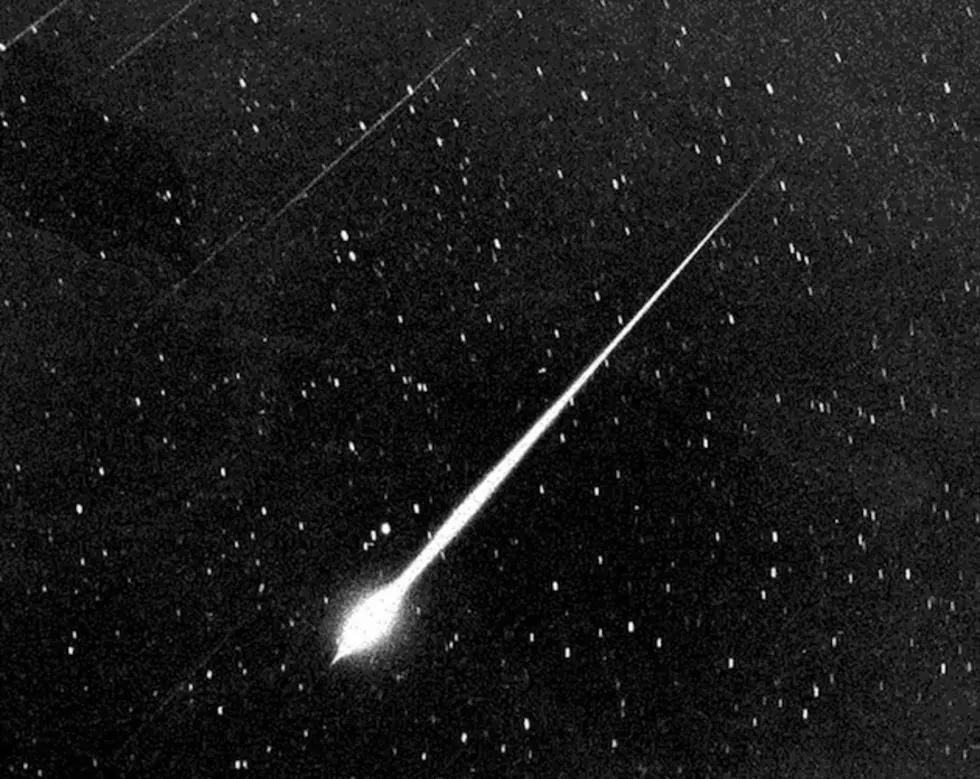![See The Best Viewing Times for the Alpha Capricornid Meteor Shower – [VIDEO]](http://townsquare.media/site/521/files/2012/11/Leonid-Meteor-Shower.jpg?w=980&q=75)
See The Best Viewing Times for the Alpha Capricornid Meteor Shower – [VIDEO]
Earth is passing through a stream of comet debris producing the annual Alpha Capricornid meteor shower.
Earth is passing through a stream of debris from Comet 169P/NEAT, source of the annual Alpha Capricornid meteor shower. So far, this meteor shower has produced some pretty spectacular fireballs like this one captured from NASA's network of all-sky meteor cameras, recording more than a dozen alpha Capricornid fireballs over the USA, including this one above Mount Hopkins, Arizona:

This is an annual shower, which peaks every year between the 25th and 30th of July. Peak rates are typically no higher than 5 to 10 meteors per hour.
Over the coming decades, the alpha Capricornids will only improve. According to the research of meteor experts Peter Jenniskens and Jeremie Vaubaillon, the debris stream is slowly drifting across Earth's orbit, so that each year our planet passes a little closer to its heart.
The bulk of the dust will not be in Earth's path until the 24th century. If their predictions are correct, the Alpha Capricornids will become a major annual storm in 2200 - 2400 A.D., one that will be "stronger than any current annual shower.
Until then, sky watchers should remain alert for a relatively small number of alpha Capricornid fireballs in the nights ahead. Observers in both hemispheres can see this minor but beautiful shower. The best time to look is during the hours around local midnight when the constellation Capricorn reaches its highest point in the southern sky.
Enjoy this summertime meteor shower with the whole family!
(Spaceweather.com)
More From Mix 97.9 FM




![Brad Paisley and Carrie Underwood’s ‘Star Wars’ Themed CMA Intro Was Fantastic! – [VIDEO]](http://townsquare.media/site/521/files/2015/11/hqdefault1.jpg?w=980&q=75)
![Heidi Klum Wins Halloween As Jessica Rabbit! – [Mildly NSFW Photos]](http://townsquare.media/site/521/files/2015/11/Screen-Shot-2015-11-02-at-9.08.11-AM.png?w=980&q=75)
![Spencer Goes ‘Over The Edge’ for the Boy Scouts! – [VIDEO]](http://townsquare.media/site/521/files/2015/10/hqdefault4.jpg?w=980&q=75)


